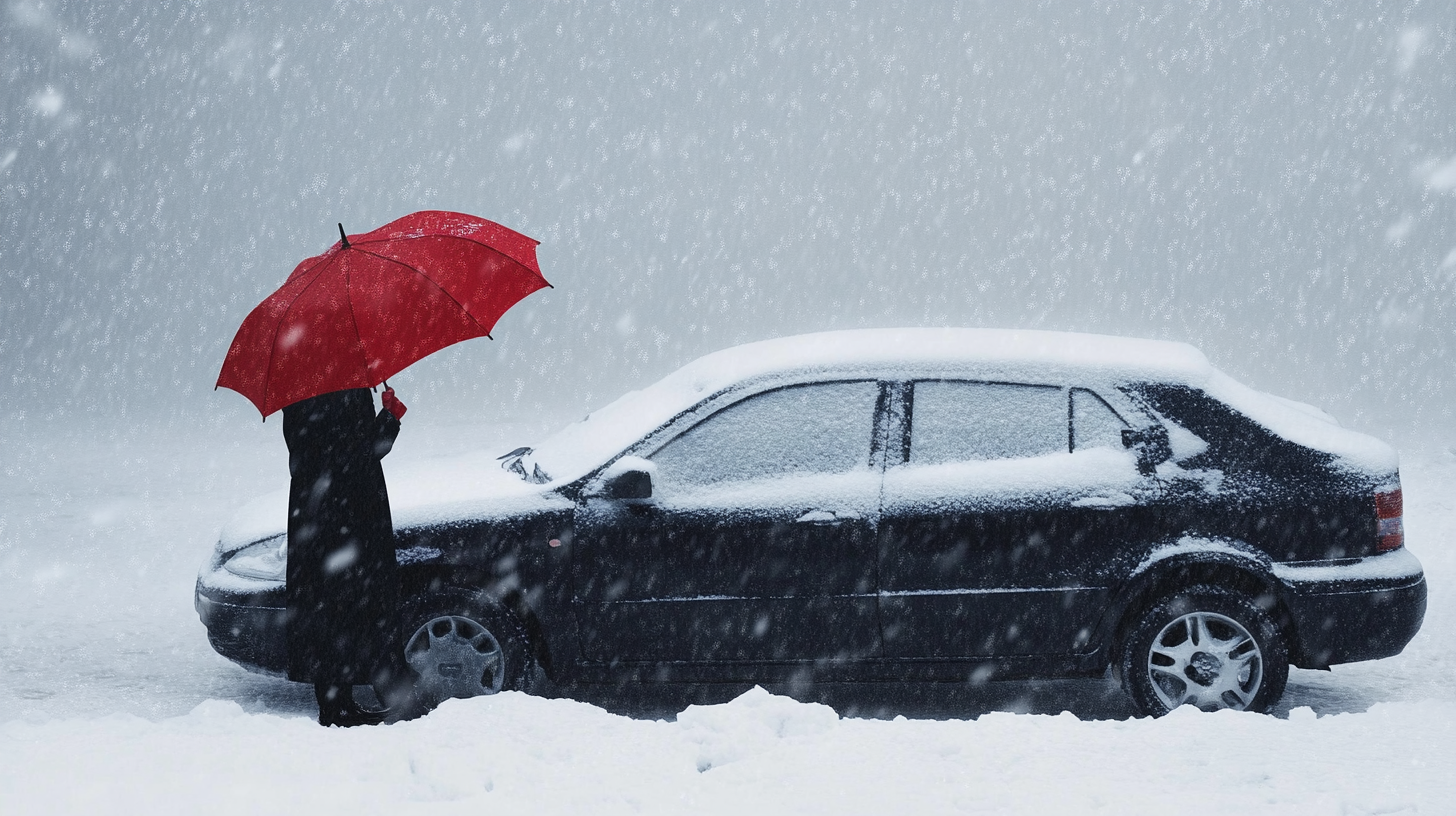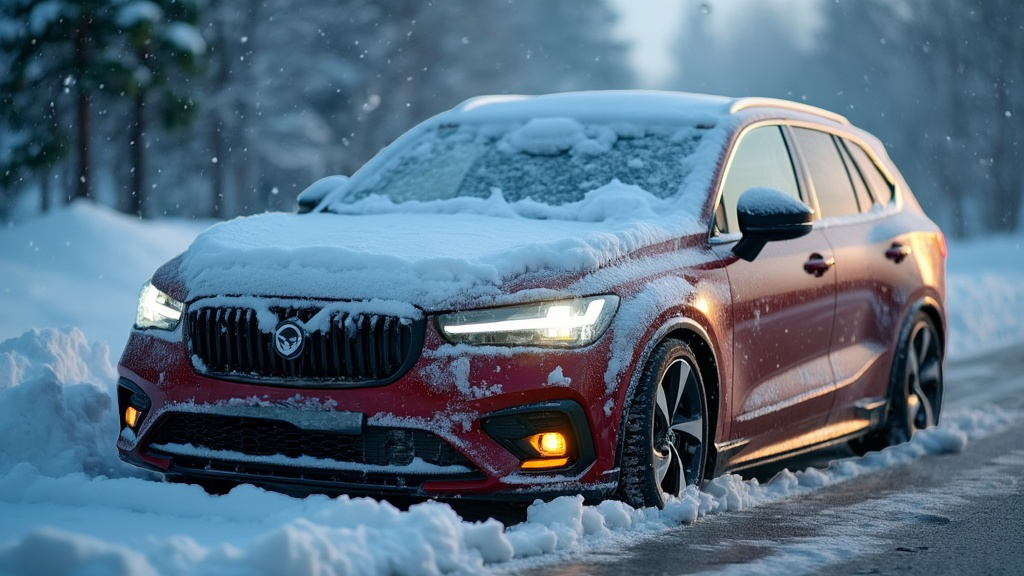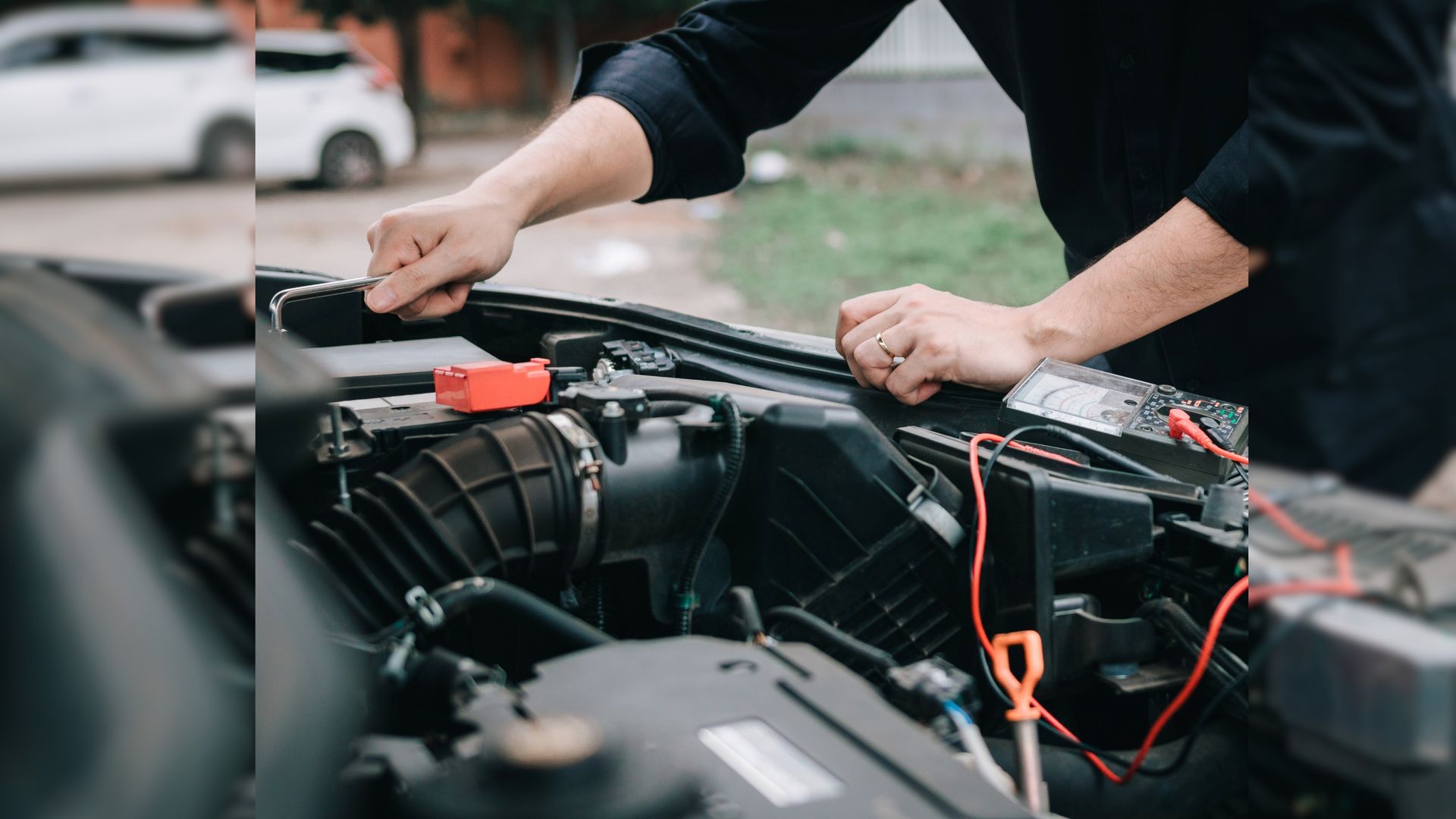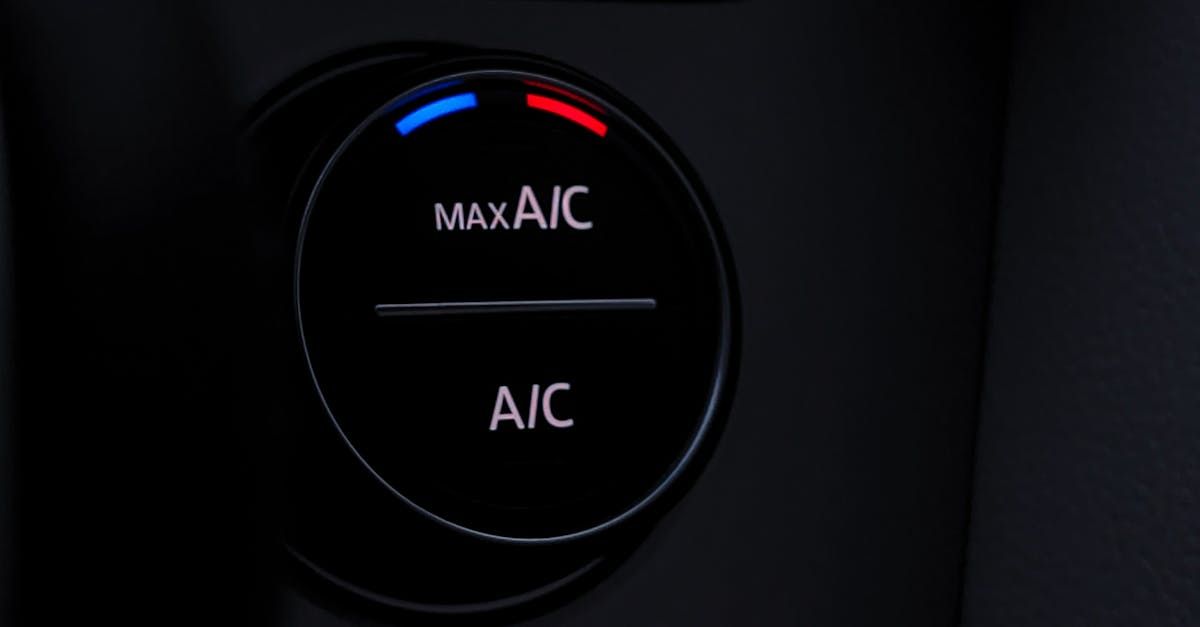Severe Weather Driving: Tips for Staying Safe on the Road
Driving in bad weather is terrible, but we all have to do it sometime. Be it Rain, Snow or Fog – we must be ready to handle any conditions when driving. Having the correct knowledge and preparing yourself properly, makes all the difference in the world.
Preparing before setting out on the road when severe weather presents itself is the key. By ensuring that you are aware of the likely outcomes and have done what is necessary to be ready for them. Think of it as getting ready to play a big football game: you would never take the field without your gear and similar for driving in harsh conditions.
As we know, severe weather happens quickly and a trip that would normally be uneventful can suddenly become treacherous. Preparing yourself and your car is mandatory. This means looking at the weather, paying attention to road conditions and making sure you car is good.
Importance of Being Prepared for Severe Weather Driving
Why Preparation is Key
Preparing before setting out on the road when severe weather presents itself is the key. By ensuring that you are aware of the likely outcomes and have done what is necessary to be ready for them. Think of it as getting ready to play a big football game: you would never take the field without your gear and similar for driving in harsh conditions.
As we know, severe weather happens quickly and a trip that would normally be uneventful can suddenly become treacherous. Preparing yourself and your car is mandatory. This means looking at the weather, paying attention to road conditions and making sure you car is good.
Overview of Key Safety Tips
These crucial safety tips include steps for driving through different weather conditions when you take to the streets. Examples include things like slowing down, leaving proper following distance from other cars, and utilizing the features of your car correctly.
Secondly, make sure you have a Plan B. It is always important to have an alternate plan in place. Just in case you need it. That may entail knowing other streets or keeping a survival kit with you. This is not just a piece of advice, but it now becomes a necessary measure to increase your safety.
Pre-Trip Preparation
When traveling in inclement conditions, there are specific steps you should take. So you are ready to handle the twists and turns of Mother Nature.
Check Weather Forecasts and Road Conditions
Check first the latest weather forecasts. Having an idea of what you can expect would help determine whether or not it is safe to travel. Do note, however, that the weather can be very fickle, and it would be a good idea to monitor changing conditions throughout your travels.
- Weather websites or apps you trust.
- Look up road closures or traffic advisories
- Turn into nearby radio broadcasts
Knowing is half the battle which helps you get around danger areas and smart decision.
Plan Your Route and Have Alternatives
But plan your route before you even start. Having knowledge of your route could save you a significant amount of time and stress if Mother Nature forces you to reroute as the result of unanticipated weather shifts. Find another way, which may be safer or faster.
Ensure Vehicle Condition
The vehicle becomes your lifeline when traveling in severe weather; don't ignore it. This includes ensuring such items as tires, brakes and lights are properly functioning. Of course, a well-looked-after car is less likely to suffer issues that can leave you in danger.
Vehicle Maintenance
Car maintenance isn't just about helping your vehicle to run well for a long time; it's also vital to safety, particularly in harsh weather. The bottom line is that everything on your car can have an impact on your safety when traveling.
Inspect Tires
Your tires are the only contact your vehicle has with the road, making them incredibly important. Check for adequate tread depth and proper inflation. In snow or icy conditions, consider using winter tires or chains for better traction.
Check and Top Off Fluids
Fluids like oil, coolant, and windshield washer fluid should be at appropriate levels. These are vital for the smooth operation of your vehicle, especially when visibility and engine performance are crucial.
Ensure Brakes Are Functioning
Brakes are your primary safety feature, so ensure they are in good working order. Listen for any unusual noises or feel for any changes in how they operate. If in doubt, have them inspected by a professional.
Test Battery and Lights
Cold weather can be tough on your vehicle's battery, so make sure it's fully charged and in good condition. Also, check all lights to ensure they are functioning correctly. Visibility is often compromised in severe weather, making working lights essential. For more information on staying safe, consider these tips for safe driving in bad weather.
Driving in Rain
Rain can create slippery roads and reduce visibility, making driving more challenging. However, with the right techniques, you can navigate wet conditions safely.
Reduce Speed and Increase Distance
When driving in rain, reduce your speed to maintain better control of your vehicle. Wet roads can cause tires to lose traction, leading to skidding or hydroplaning.
Besides that, increase the distance between your car and the one in front of you. This gives you more time to react if they suddenly stop or swerve.
Use Headlights
Always turn on your headlights in the rain, even during the day. This improves your visibility and helps other drivers see you. It's not just a good practice; in many places, it's the law.
Avoid Sudden Braking
Sudden braking can be extremely dangerous in wet conditions. It can cause your vehicle to skid or slide, especially if the road is slick. Instead, brake gently and gradually to maintain control over your car. If you need to stop quickly, try pumping the brakes lightly rather than slamming them.
Keep in mind that it takes longer to stop on wet roads, so plan your stops well in advance. This will help you avoid abrupt maneuvers that could lead to an accident.
Caution Against Hydroplaning
Hydroplaning occurs when a layer of water builds up between your tires and the road, causing you to lose traction. If you feel your vehicle starting to hydroplane, stay calm. Do not slam on the brakes or make sudden turns. Instead, ease off the gas pedal and steer straight until you regain control.
Driving in Snow and Ice
Snow and ice present unique challenges for drivers. Roads can become slippery, making it difficult to maintain control. However, with the right precautions, you can navigate these conditions safely. For more advice, check out these tips for safe driving in bad weather.
Driving in snow and ice requires patience and precision. Remember that the key is to remain calm and avoid sudden movements. Gradual actions will help you maintain control and reduce the risk of skidding.
Use Winter Tires or Chains
Winter tires or chains provide better traction on snow and ice, making them essential for safe driving in these conditions. They are designed to grip the road better, reducing the likelihood of sliding. For more tips for safe driving in bad weather, check out this comprehensive guide.
Before the snow season begins, ensure your vehicle is equipped with the appropriate tires or chains. This small investment can make a significant difference in your safety.
- Check tire pressure regularly, as it can drop in cold weather.
- Ensure chains are properly fitted to avoid damage to your vehicle.
- Store extra chains in your car in case of emergencies.
These steps will help ensure your vehicle is ready to handle snowy and icy conditions.
Accelerate and Decelerate Slowly
In snowy and icy conditions, sudden acceleration or deceleration can cause your vehicle to lose traction. To avoid this, accelerate slowly to maintain control. If you need to slow down, do so gradually to prevent skidding.
Always be aware of your surroundings and anticipate changes in speed. This will help you adjust smoothly and avoid abrupt movements.
Increase Stopping Distance
Stopping distances increase significantly in snowy and icy conditions. Therefore, it's important to maintain a greater distance between your vehicle and the one in front of you. This gives you more time to react and stop safely if needed.
Most importantly, be patient. Rushing in these conditions can lead to accidents, so take your time and drive cautiously.
Avoid Cruise Control
Using cruise control in snowy or icy conditions can be dangerous. It can cause your vehicle to accelerate unexpectedly or fail to slow down when needed. To maintain full control, keep your foot on the pedals and be ready to adjust your speed manually.
Driving in Fog
Fog can severely limit visibility, making it one of the most challenging weather conditions to drive in. However, by following a few key tips, you can navigate through fog safely.
Use Low-Beam or Fog Lights
When driving in fog, use your low-beam headlights or fog lights. High beams can reflect off the fog and reduce visibility even further. Low beams help illuminate the road without causing glare.
Reduce Speed
Fog reduces visibility, so it's crucial to reduce your speed to give yourself more time to react to obstacles or changes in the road. Driving slower also allows you to stop more easily if necessary.
Use Road Markings
Road markings can be incredibly helpful when visibility is low. Use them as a guide to keep your vehicle in the correct lane. If the fog is particularly dense, focus on the right edge of the road to help you stay oriented.
Remember, staying in your lane is crucial for safety, especially when visibility is compromised.
Avoid Passing
Passing other vehicles in fog is risky due to limited visibility. You may not see oncoming traffic or obstacles until it's too late. It's best to stay in your lane and maintain a safe distance from the vehicle in front of you.
Driving in High Winds
High winds can be challenging to drive in, as they can cause your vehicle to swerve or make it difficult to maintain control. However, with the right techniques, you can navigate these conditions safely.
Understanding how wind affects your vehicle is the first step. Larger vehicles and those with higher profiles are more susceptible to wind, so extra caution is needed.
Firm Grip on the Wheel
In high winds, maintain a firm grip on the steering wheel to keep control of your vehicle. Sudden gusts can push your car sideways, so be prepared to make small adjustments to stay on course. For more safety tips, check out these tips for driving in bad weather.
Besides that, keep both hands on the wheel at all times to respond quickly to changes in wind direction.
Reduce Speed
Driving slower in high winds gives you more time to react and maintain control. It also reduces the impact of wind on your vehicle, making it easier to stay on course.
Therefore, it's important to adjust your speed according to the strength of the wind and road conditions.
Caution with Larger Vehicles
When driving in high winds, larger vehicles such as trucks, buses, and SUVs can be particularly challenging. These vehicles have a higher profile, making them more susceptible to being pushed by strong gusts. It's important to be cautious when driving near them, as they may sway or change lanes unexpectedly.
Always maintain a safe distance from larger vehicles. This gives you more time to react if they are affected by the wind. Pay attention to their movements and be prepared to adjust your driving accordingly.
Additionally, avoid driving directly alongside larger vehicles in high winds. If you must pass them, do so quickly and safely, ensuring you have enough space and visibility to complete the maneuver.
- Stay aware of wind direction and adjust your position accordingly.
- Anticipate sudden movements from larger vehicles.
- Be patient and give larger vehicles plenty of room.
Avoid Tall Vehicle Proximity
Besides larger vehicles, tall structures like bridges and overpasses can also be problematic in high winds. These areas can create wind tunnels that intensify gusts, making it difficult to maintain control.
When approaching tall structures, reduce your speed and keep a firm grip on the steering wheel. If possible, avoid driving in the center lane, as this can help you manage sudden gusts more effectively.
Driving in Flooded Areas
Flooded roads present a unique set of challenges and dangers. Water can obscure road conditions, hide hazards, and make driving treacherous. It's crucial to approach these areas with caution and make informed decisions. For more safety tips, check out safety tips for driving in bad weather.
Avoid Standing Water
Whenever possible, avoid driving through standing water. It's difficult to gauge the depth, and water can hide debris or damage to the road surface. If you encounter a flooded road, it's best to turn around and find an alternative route.
Driving through water can also cause damage to your vehicle's engine and electrical systems. The risk of stalling or becoming stranded is high, so exercise caution and prioritize safety.
Drive Slowly If Necessary
If you must drive through water, do so slowly and cautiously. Keep your speed low to maintain control and prevent water from splashing into the engine compartment. Use the lowest gear possible and keep a steady pace to avoid creating waves.
Be Aware of Water Depth
It's crucial to assess the depth of the water before attempting to drive through it. Water as shallow as six inches can cause you to lose control, while deeper water can stall your engine or even float your vehicle.
If you're unsure about the depth, err on the side of caution and avoid the water. Look for landmarks or road signs that can help you estimate the depth, and never take unnecessary risks.
Escape Strategies
If you find yourself trapped in rising water, it's essential to act quickly and decisively. Unbuckle your seatbelt, unlock the doors, and roll down the windows if possible. This will give you an escape route if the vehicle becomes submerged.
Most importantly, prioritize your safety and the safety of your passengers. If you can't escape through the windows, consider breaking them with a tool or kicking them out. Remember, your life is more valuable than the vehicle.
Emergency Situations
Despite all precautions, emergencies can still occur. Knowing how to handle these situations can make all the difference in ensuring your safety and the safety of others.
What to Do if Stranded
If you find yourself stranded, stay calm and assess the situation. Stay with your vehicle if it's safe to do so, as it provides shelter and makes you more visible to rescuers.
Conserve your energy and resources. Run the engine periodically to stay warm, but ensure the exhaust pipe is clear to prevent carbon monoxide poisoning. Use emergency signals like flares or reflective triangles to alert others to your presence.
- Contact emergency services if you have a signal.
- Stay warm with blankets and extra clothing.
- Keep hydrated and ration food if necessary.
Remember, your safety is the most important thing. Be patient and wait for help to arrive. Making rash decisions can lead to more danger.




ProAuto
Mon - Fri 8:00 AM - 5:00 PM
Payment Options








Services
List of Services













© 2024 ProAuto. All Rights Reserved | Website managed by Shopgenie




